As a rejuvenated Europe leveraged itself out of the devastation of World War II the growth of its elite added to wealthy Americans’ clamor for exciting and distinctive automobiles. Industrialists, financiers and popular stars of film and music joined royalty and old money that had survived unparalleled upheaval to create a booming market for the indicia of wealth: fast cars, giant yachts, opulent estates and ebullient parties. No longer satisfied with stately limousines and landaulettes, the new generation sought vehicles that reflected their self-made success: owner-driven automobiles of the highest performance and dramatic design. Dozens of constructors, from Aston Martin through Facel Vega, Maserati, Mercedes-Benz, Monteverdi, Pegaso and Rolls-Royce vied for their favour. Yet throughout this period of creative eloquence no constructor was more successful in capturing the mood and objectives of the market than Ferrari. Bolstered by successful racing programs in grands prix, sports cars and gran turismos that energized the best engineers and designers in Italy - that is to say, the most creative, talented and enthusiastic engineers and designers of the Fifties and Sixties - Ferrari and his commercial agents in the U.K., Europe and America transferred both technology and image to a successful range of elite gran turismos and sports cars. Success in racing bred success in the market. But even as a Ferrari 250GT became the symbol of success to successful executives and professionals, Ferrari’s elite clientele demanded singular automobiles of even more sophistication, power and visual distinction. Ferrari’s vision created the America, Superamerica and ultimately the Superfast series. Arguably the Bugatti Royales and Alfa Romeo Two-Nines of the post-war era, these ultimate Ferraris set a standard to which others have since aspired but which few, if any, have approached. The ultimate expression of them is the Superfast, a series of only 37 automobiles of the highest possible performance, luxury and presence which found favor among the most discriminating clientele. The Ferrari Superfast sprang from a series of styling exercises executed by Pininfarina between 1956 and 1962. The first Superfast, a 410 Superamerica (s/n 0483 SA) was an aerodynamically-efficient teardrop shape disguised by tailfins and distracted by a cantilevered top without windshield pillars. It was succeeded in 1957 by a similar 4.9 Superfast, then in 1960 by Superfast II, a 400 Superamerica (s/n 2207 SA) with headlights under retractable body-color covers, partial rear wheel skirts, a finely tapered tail and a small elliptical grille. Superfast III appeared in 1962, believed to be on the chassis of Superfast II (2207 SA) with lighter greenhouse pillars and a retractable grille cover for better high speed aerodynamics. It was shortly succeeded by Superfast IV with fully exposed wheels, tapered tail and low, wide grille. These dynamic and efficient designs from Pininfarina inspired the 500 Superfast, a series of mythical stature even among the most refined Ferraris. Pininfarina refined its teardrop Superfast profile, adding a sharply cut off and slightly raised trunk that complemented the grille’s oval shape. Gently curved windshield pillars, tapered c-pillars and a large wraparound rear window belied the Superfast’s size. It was an automobile at once both delicately shaped and imposingly powerful - trimmed and appointed to the highest standards and individually equipped to its discriminating clients’ individual expectations. Even among these thirty-seven exceptional Ferraris one 500 Superfast stands out, a unique automobile built to the order of one of Ferrari’s most loyal clients, Prince Bernhard of Holland. Unlike the 5-litre cars, Prince Bernhard specified a 4-litre engine for his 500 Superfast, a request easily accommodated in the 500 Superfast’s 330 GT-based chassis. Finished in metallic Verde Pino (all the Prince’s cars were green) with natural tan leather i
As a rejuvenated Europe leveraged itself out of the devastation of World War II the growth of its elite added to wealthy Americans’ clamor for exciting and distinctive automobiles. Industrialists, financiers and popular stars of film and music joined royalty and old money that had survived unparalleled upheaval to create a booming market for the indicia of wealth: fast cars, giant yachts, opulent estates and ebullient parties. No longer satisfied with stately limousines and landaulettes, the new generation sought vehicles that reflected their self-made success: owner-driven automobiles of the highest performance and dramatic design. Dozens of constructors, from Aston Martin through Facel Vega, Maserati, Mercedes-Benz, Monteverdi, Pegaso and Rolls-Royce vied for their favour. Yet throughout this period of creative eloquence no constructor was more successful in capturing the mood and objectives of the market than Ferrari. Bolstered by successful racing programs in grands prix, sports cars and gran turismos that energized the best engineers and designers in Italy - that is to say, the most creative, talented and enthusiastic engineers and designers of the Fifties and Sixties - Ferrari and his commercial agents in the U.K., Europe and America transferred both technology and image to a successful range of elite gran turismos and sports cars. Success in racing bred success in the market. But even as a Ferrari 250GT became the symbol of success to successful executives and professionals, Ferrari’s elite clientele demanded singular automobiles of even more sophistication, power and visual distinction. Ferrari’s vision created the America, Superamerica and ultimately the Superfast series. Arguably the Bugatti Royales and Alfa Romeo Two-Nines of the post-war era, these ultimate Ferraris set a standard to which others have since aspired but which few, if any, have approached. The ultimate expression of them is the Superfast, a series of only 37 automobiles of the highest possible performance, luxury and presence which found favor among the most discriminating clientele. The Ferrari Superfast sprang from a series of styling exercises executed by Pininfarina between 1956 and 1962. The first Superfast, a 410 Superamerica (s/n 0483 SA) was an aerodynamically-efficient teardrop shape disguised by tailfins and distracted by a cantilevered top without windshield pillars. It was succeeded in 1957 by a similar 4.9 Superfast, then in 1960 by Superfast II, a 400 Superamerica (s/n 2207 SA) with headlights under retractable body-color covers, partial rear wheel skirts, a finely tapered tail and a small elliptical grille. Superfast III appeared in 1962, believed to be on the chassis of Superfast II (2207 SA) with lighter greenhouse pillars and a retractable grille cover for better high speed aerodynamics. It was shortly succeeded by Superfast IV with fully exposed wheels, tapered tail and low, wide grille. These dynamic and efficient designs from Pininfarina inspired the 500 Superfast, a series of mythical stature even among the most refined Ferraris. Pininfarina refined its teardrop Superfast profile, adding a sharply cut off and slightly raised trunk that complemented the grille’s oval shape. Gently curved windshield pillars, tapered c-pillars and a large wraparound rear window belied the Superfast’s size. It was an automobile at once both delicately shaped and imposingly powerful - trimmed and appointed to the highest standards and individually equipped to its discriminating clients’ individual expectations. Even among these thirty-seven exceptional Ferraris one 500 Superfast stands out, a unique automobile built to the order of one of Ferrari’s most loyal clients, Prince Bernhard of Holland. Unlike the 5-litre cars, Prince Bernhard specified a 4-litre engine for his 500 Superfast, a request easily accommodated in the 500 Superfast’s 330 GT-based chassis. Finished in metallic Verde Pino (all the Prince’s cars were green) with natural tan leather i
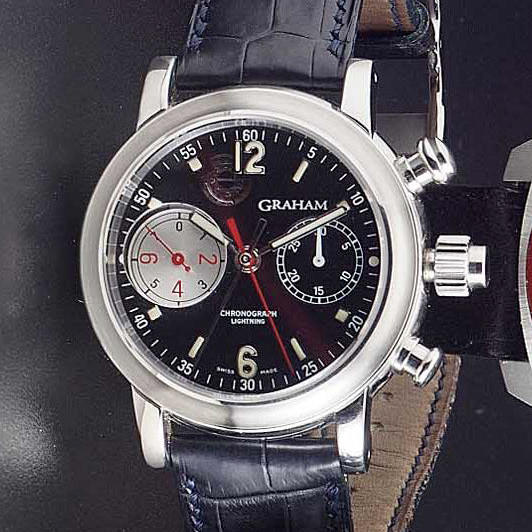
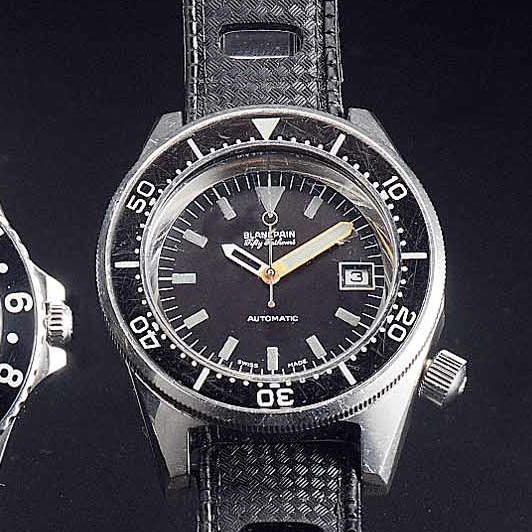
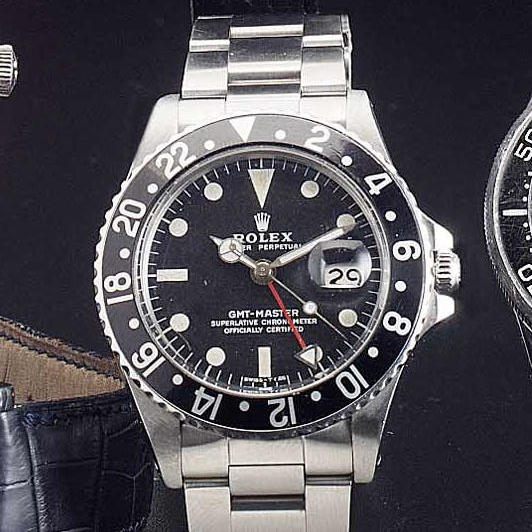
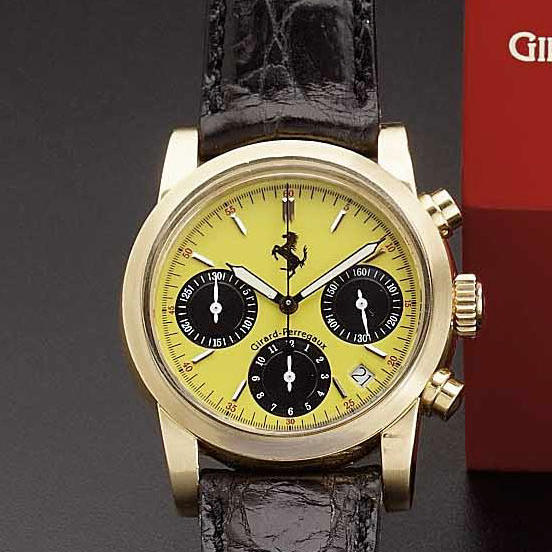
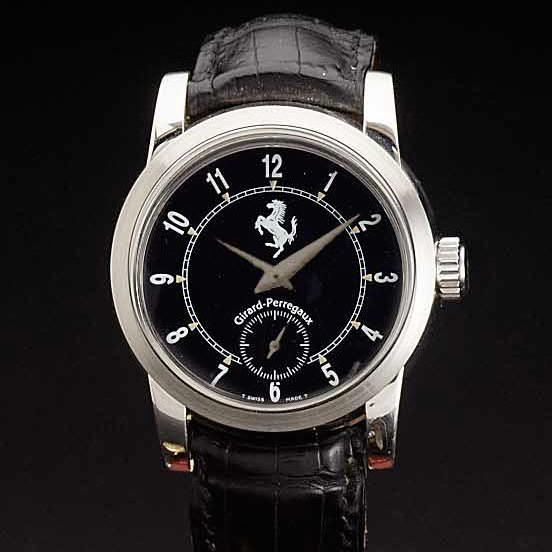
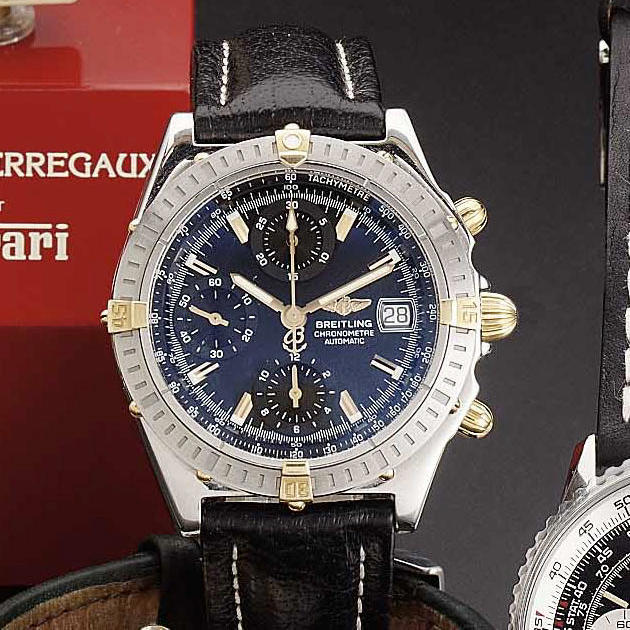

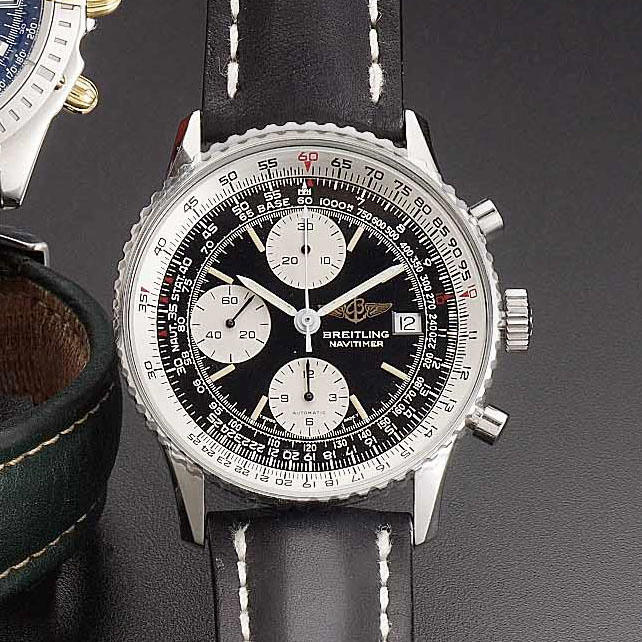
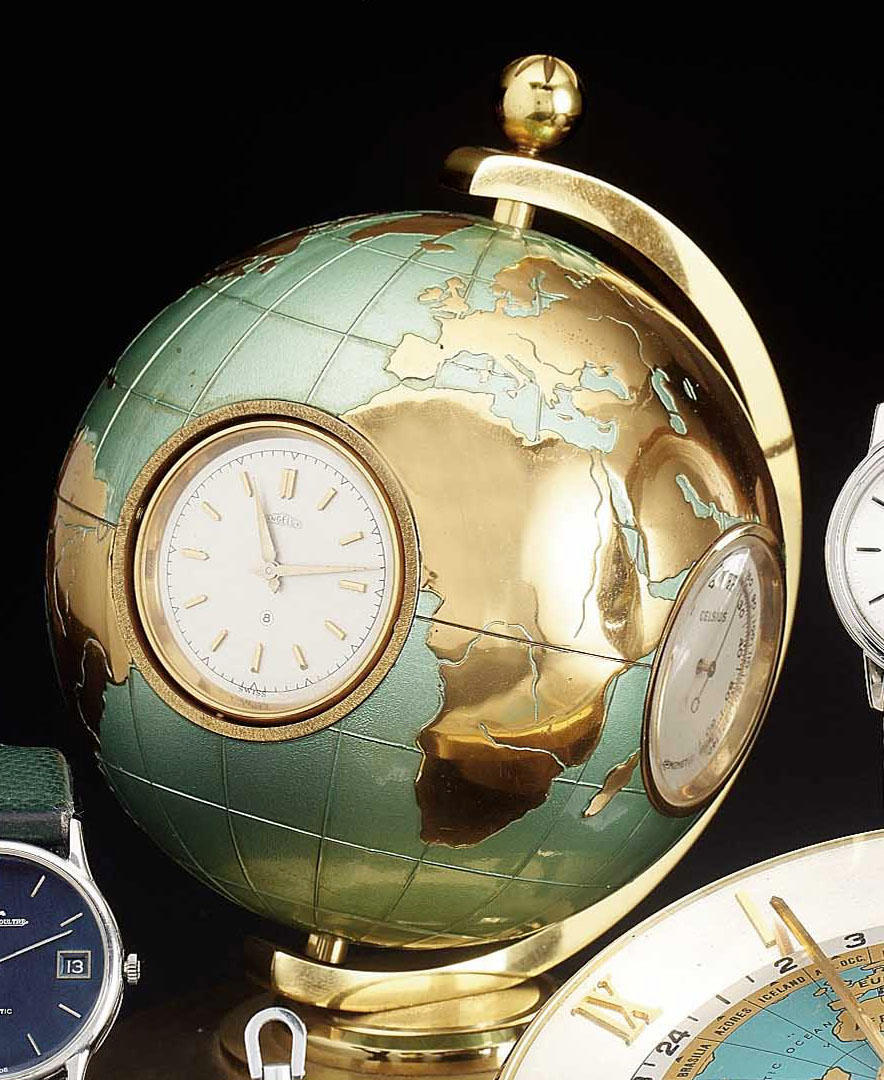
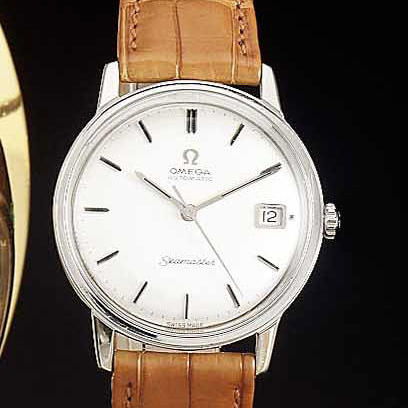
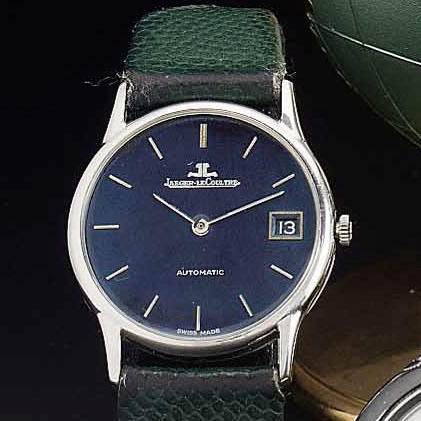

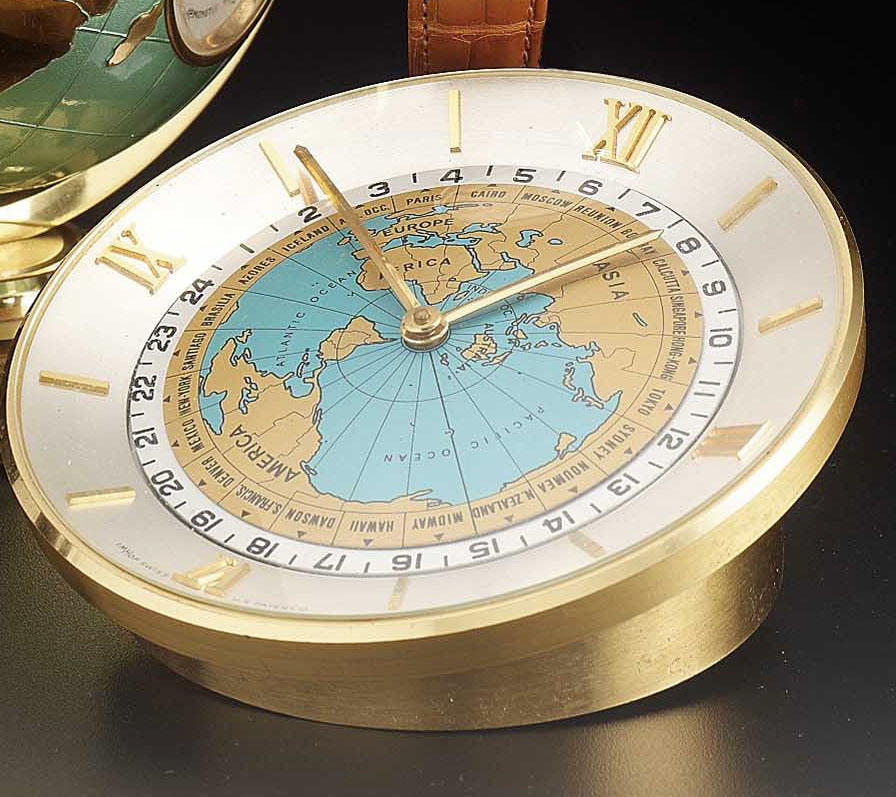
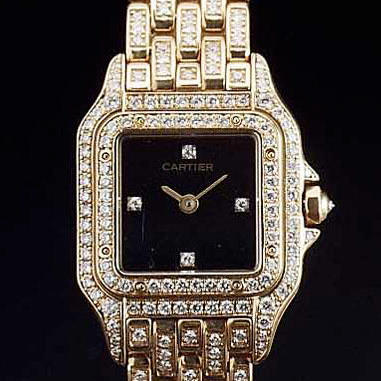
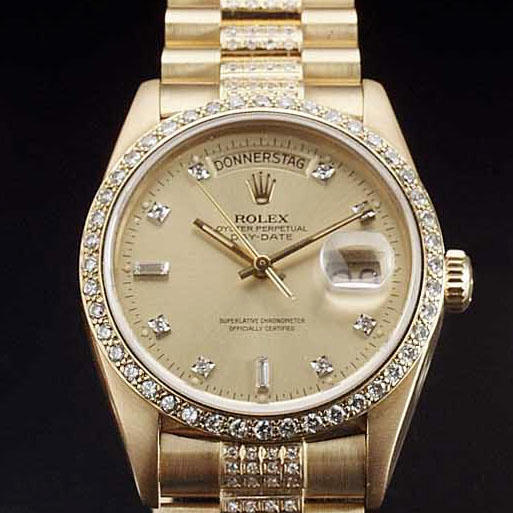
Testen Sie LotSearch und seine Premium-Features 7 Tage - ohne Kosten!
Lassen Sie sich automatisch über neue Objekte in kommenden Auktionen benachrichtigen.
Suchauftrag anlegen